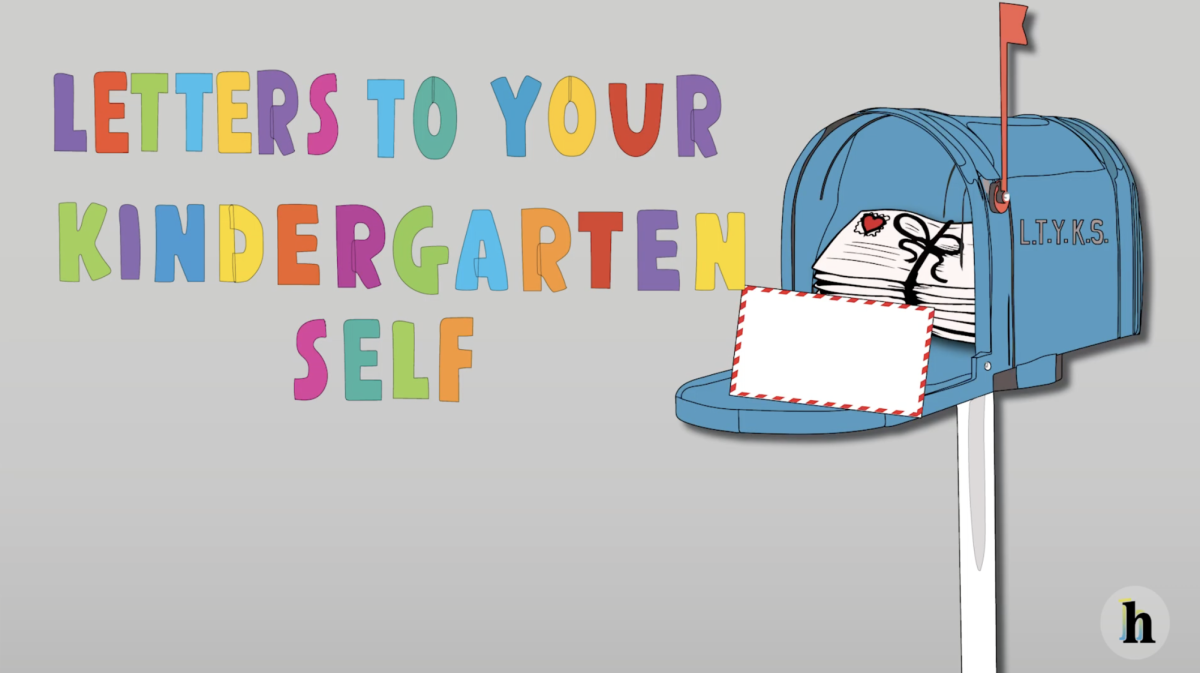Principal Tim Phares
What are the proper channels for students to suggest changes to school policies?
We have lots of students at different times that want to share ideas or concerns about policies, so there’s lots of different avenues to do that. Sometimes it starts with any staff member. Whether it’s a classroom or a teacher, when they’re having a discussion the teacher might bring it forward to an assistant principal and the assistant principal brings it to me; and then I might bring it toward our district. The proper chain of command depends on what the policy or concern is. For example, one of our student concerns might be about student parking. Student parking would go to student services and then maybe our assistant principal for facilities and grounds. If you had a problem with a grade in a classroom or an assignment, you shouldn’t go directly to me; you shouldn’t go directly to the department chair or the assistant principal of that department. You should start with the teacher, and as a student have that conversation with the teacher. And let me tell you this, our teachers respect when our kids come to them with concerns or advocating for themselves. It goes way better than when it becomes mom or dad reaching out on their behalf. We have a lot of ways students can share concerns. One of the biggest ways is our anonymous alert system. Our students use that on a routine basis, whether it’s about a kid’s concern, or it’s about a “something that was said in class” concern.
When a staff member looks at a complaint, what factors are they considering when they decide what needs to be done about the complaint?
We want our teachers to make decisions on what they think is best. Our teachers don’t make decisions in isolation. They have what we call PLCs, or professional learning communities, where in that community they teach similar courses. In those communities, they have conversations about how they’re handling problems. I don’t believe our teachers make decisions in isolation. There’s consultation, whether that is with a department chair, colleagues or even teachers outside the district. We’re constantly trying to discuss and look at what is the best for our students. We may just agree to disagree. Sometimes, if someone doesn’t get what they want, they go onto the next person and the next person and the next person. That’s kind of a challenge we face on a routine basis. I feel, and this is my perspective, we are pretty receptive and constantly reflecting to make changes on how we look at things. Sometimes, we are bound by policies and logistical restrictions. We do not do everything perfect.
What should students feel to be in their rights or not in their rights to file complaints about?
I think the reality of it is we can really respond to a complaint about anything. We’ve had kids complain about JELL-O in the cafeteria. I don’t look at it like, “This or that concern is frivolous.” If someone’s bringing a concern, it’s obviously been on their minds and it’s obvious they’ve been impacted in some way. It’s about the statement back. If we’re getting rid of the green JELL-O, then they’ve won. If we’re keeping the green JELL-O, then here’s the reasons why. There are concerns that are brought forward that get a lot more conversation and credence because of their nature. I assume you were part of our opening day meetings, and I said in that meeting that I am available. I will say that today, I had a student approach me before school and say, “I have a concern to report. Where might I go to do that?” And I helped direct that student. The JELL-O example is kind of a silly one, but it’s a real example I’ve had. We’ve also had very serious concerns about a threat or safety or things like that. Obviously, the JELL-O concern isn’t going to get as much conversation and immediate reaction as a safety concern.
Are there any additional comments you would like to make?
Just because you don’t get the result or comment that you wanted doesn’t mean that you weren’t considered and heard. I’m just going to use my student-principal advisory committee (SPAC) as an example. Our SPAC has brought many concerns and ideas to that group. Some of them we just discuss and move on. Others we discuss multiple times and make a decision. Just last year, we had a student bring the idea of putting dividers in the men’s urinals. We used to have those things. But over time, kids would rip them off and mess with them. It was like, look, we can’t continue to repair this. This is a cost, that type of thing. That was one where students didn’t get the answer they wanted, but they got the ‘why’ behind the decision that was made.





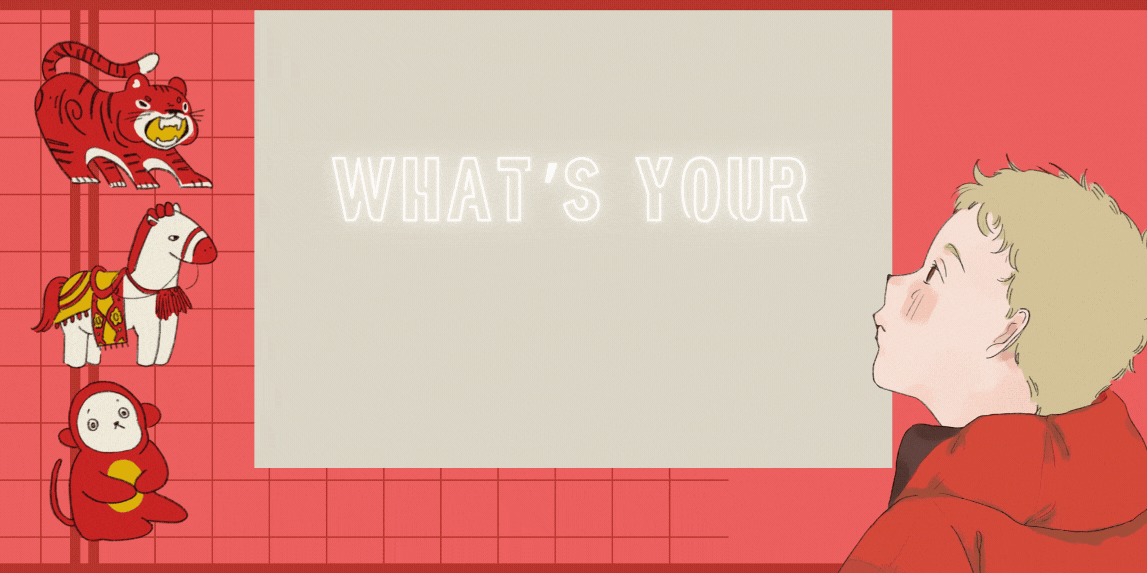










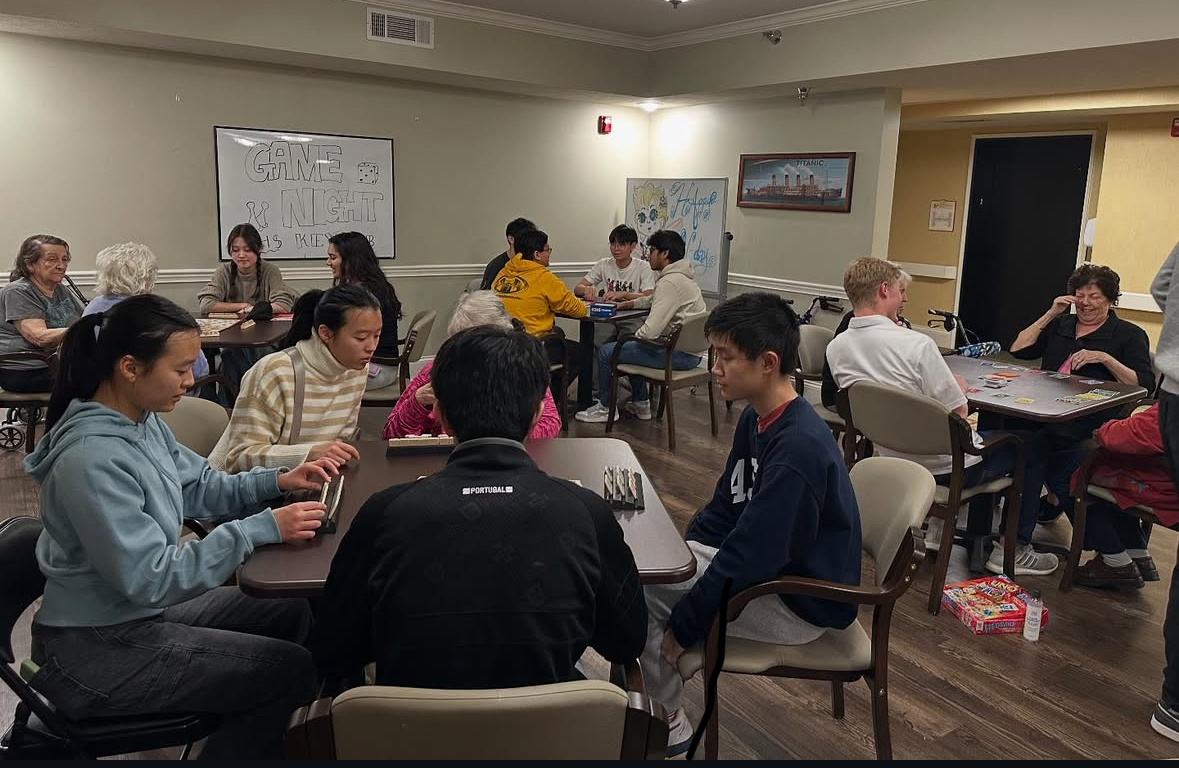

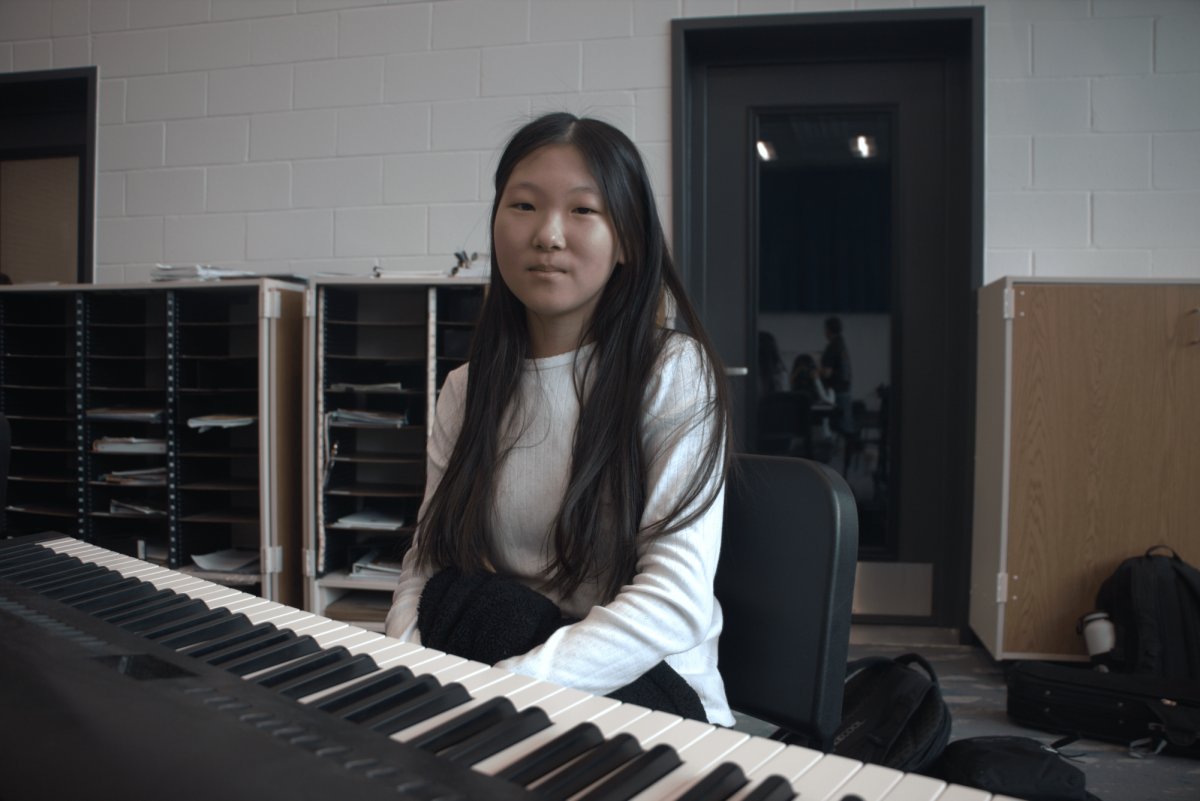


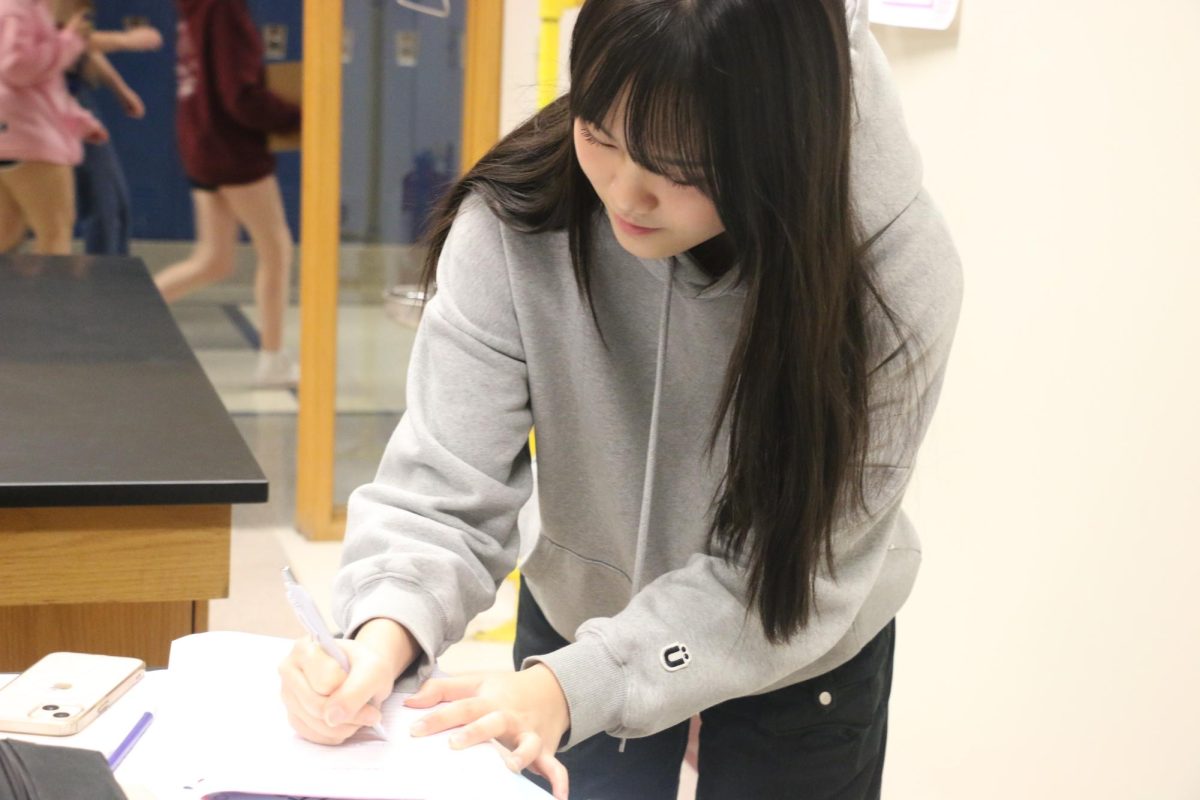











![AI in films like "The Brutalist" is convenient, but shouldn’t take priority [opinion]](https://hilite.org/wp-content/uploads/2025/02/catherine-cover-1200x471.jpg)
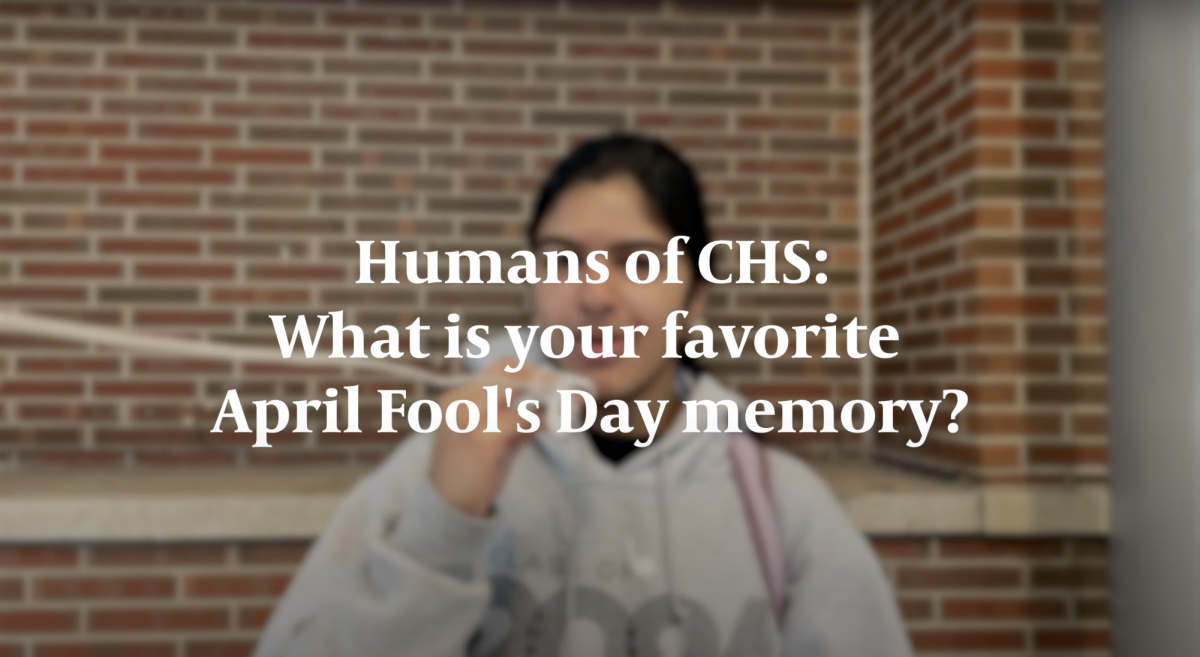








































![Review: “The Immortal Soul Salvage Yard:” A criminally underrated poetry collection [MUSE]](https://hilite.org/wp-content/uploads/2025/03/71cju6TvqmL._AC_UF10001000_QL80_.jpg)
![Review: "Dog Man" is Unapologetically Chaotic [MUSE]](https://hilite.org/wp-content/uploads/2025/03/dogman-1200x700.jpg)
![Review: "Ne Zha 2": The WeChat family reunion I didn’t know I needed [MUSE]](https://hilite.org/wp-content/uploads/2025/03/unnamed-4.png)
![Review in Print: Maripaz Villar brings a delightfully unique style to the world of WEBTOON [MUSE]](https://hilite.org/wp-content/uploads/2023/12/maripazcover-1200x960.jpg)
![Review: “The Sword of Kaigen” is a masterpiece [MUSE]](https://hilite.org/wp-content/uploads/2023/11/Screenshot-2023-11-26-201051.png)
![Review: Gateron Oil Kings, great linear switches, okay price [MUSE]](https://hilite.org/wp-content/uploads/2023/11/Screenshot-2023-11-26-200553.png)
![Review: “A Haunting in Venice” is a significant improvement from other Agatha Christie adaptations [MUSE]](https://hilite.org/wp-content/uploads/2023/11/e7ee2938a6d422669771bce6d8088521.jpg)
![Review: A Thanksgiving story from elementary school, still just as interesting [MUSE]](https://hilite.org/wp-content/uploads/2023/11/Screenshot-2023-11-26-195514-987x1200.png)
![Review: "When I Fly Towards You", cute, uplifting youth drama [MUSE]](https://hilite.org/wp-content/uploads/2023/09/When-I-Fly-Towards-You-Chinese-drama.png)
![Postcards from Muse: Hawaii Travel Diary [MUSE]](https://hilite.org/wp-content/uploads/2023/09/My-project-1-1200x1200.jpg)
![Review: "Ladybug & Cat Noir: The Movie," departure from original show [MUSE]](https://hilite.org/wp-content/uploads/2023/09/Ladybug__Cat_Noir_-_The_Movie_poster.jpg)
![Review in Print: "Hidden Love" is the cute, uplifting drama everyone needs [MUSE]](https://hilite.org/wp-content/uploads/2023/09/hiddenlovecover-e1693597208225-1030x1200.png)
![Review in Print: "Heartstopper" is the heartwarming queer romance we all need [MUSE]](https://hilite.org/wp-content/uploads/2023/08/museheartstoppercover-1200x654.png)

